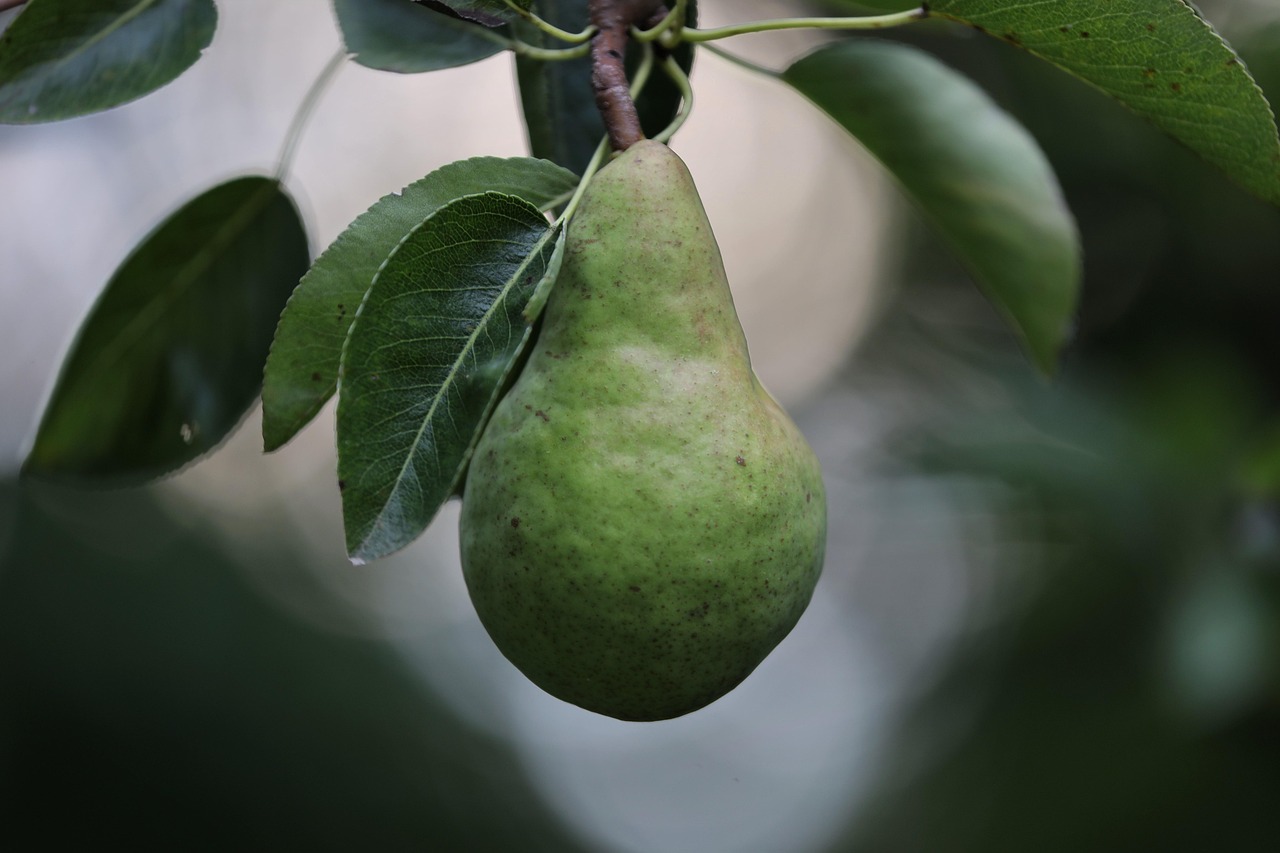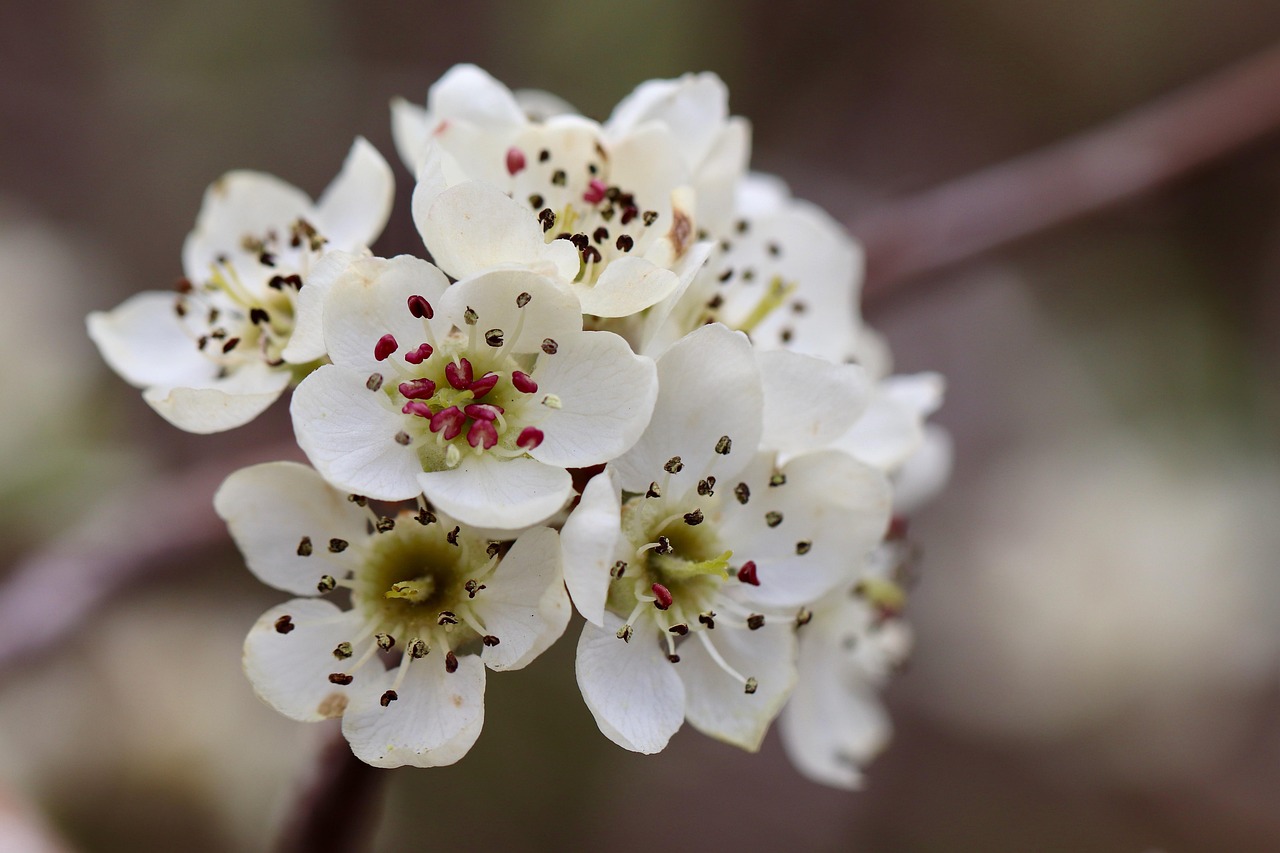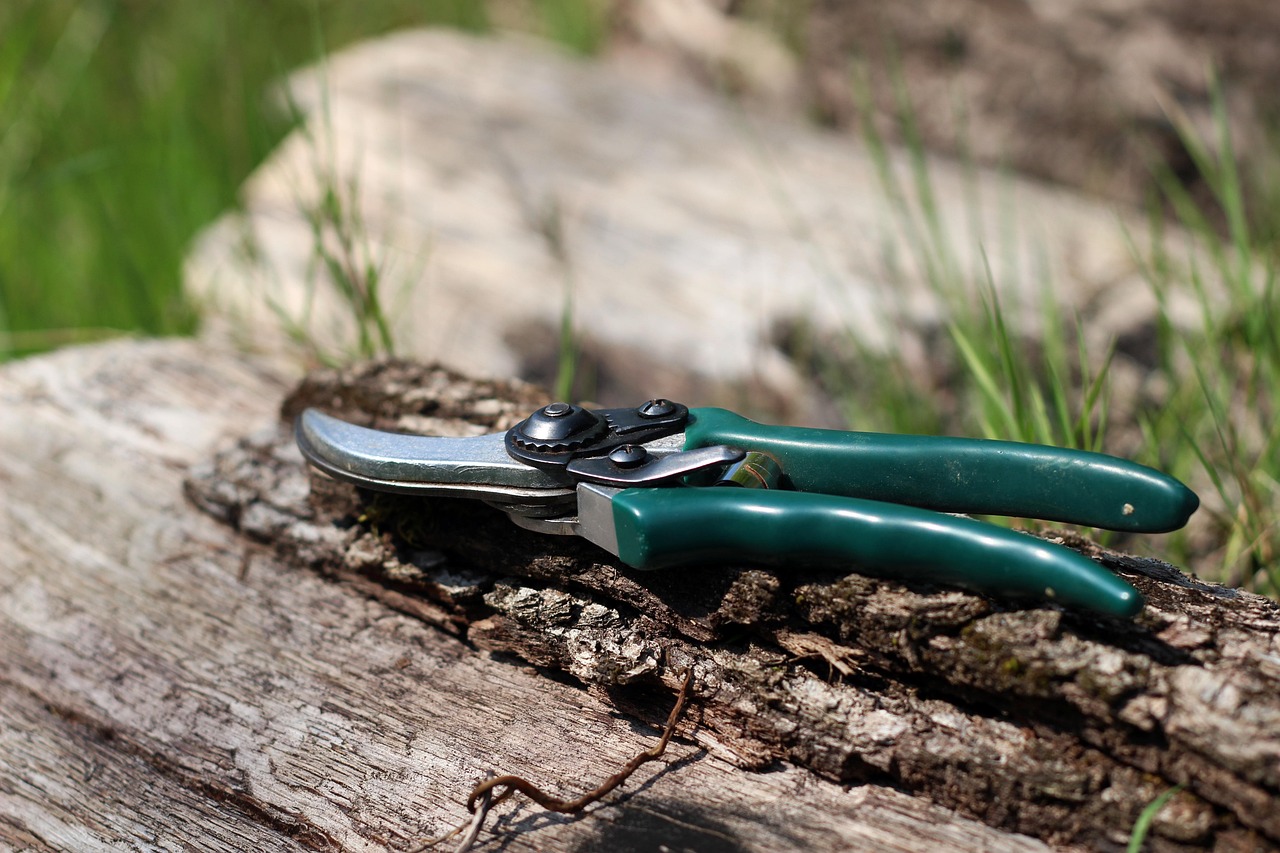To successfully prune snow pear trees in cooler regions, focus on timing, technique, and the health of the tree. Prune during late winter or early spring before new growth begins. Remove dead or diseased wood and shape the tree to enhance air circulation and sunlight exposure.
The snow pear tree, known for its beautiful blossoms and delicious fruit, thrives in cooler climates. Pruning is essential for maintaining the health and productivity of these trees. Proper pruning not only enhances the tree’s shape but also encourages better fruit production and prevents disease. Understanding the right techniques and timing is crucial for successful pruning.

In cooler regions, snow pear trees face unique challenges such as frost damage and disease susceptibility. Therefore, knowing when and how to prune can significantly impact their growth and yield. This section will provide essential tips for effectively pruning snow pear trees in these environments.
Understanding Snow Pear Trees
Snow pear trees, also known as Pyrus nivalis, are deciduous trees that can reach heights of 20 to 30 feet. They produce white flowers in spring, followed by sweet, juicy pears. These trees are well-suited for USDA hardiness zones 5 through 8, making them popular in many cooler regions. Here are some key characteristics of snow pear trees:
| Characteristic | Description |
|---|---|
| Height | 20 to 30 feet |
| Flower Color | White |
| Fruit Type | Pears |
| Hardiness Zones | 5 to 8 |
| Soil Preference | Well-drained soils |
Pruning snow pear trees is essential to promote healthy growth and maximize fruit yield. It can help remove any dead or diseased branches that might hinder the tree’s health. Additionally, pruning shapes the tree to allow sunlight and air to penetrate more effectively, reducing the risk of fungal diseases.

Best Time for Pruning
The best time to prune snow pear trees is during late winter or early spring. This timing allows for easy visibility of the tree’s structure without leaves obstructing the view. Pruning at this time also helps to minimize stress on the tree and prevents potential damage from frost.
However, it is essential to watch for any signs of new buds forming. If you notice buds beginning to swell, it is best to proceed with caution and complete your pruning as soon as possible. Pruning too late in the season can impact flowering and fruit set.
Essential Pruning Techniques
When pruning snow pear trees, employing the right techniques is crucial for encouraging healthy growth. Here are some essential techniques to consider:

- Remove Dead or Diseased Wood: Start by cutting away any dead or diseased branches. This helps prevent the spread of disease and promotes overall tree health.
- Thin Out Crowded Areas: If branches are crossing or crowded together, consider thinning them out. This improves air circulation and sunlight penetration.
- Shape the Tree: Aim for an open center structure when shaping your tree. This allows light to reach all parts of the tree, enhancing fruit production.
- Shorten Long Branches: If you have long branches that extend outward, consider shortening them to maintain a balanced shape.
Using sharp, clean tools is essential for making precise cuts and preventing unnecessary damage to the tree. Always disinfect your pruning tools before use to reduce the risk of spreading diseases between plants.
Common Mistakes to Avoid
Avoiding common pruning mistakes can significantly enhance your snow pear tree’s health. Here are some pitfalls to watch out for:
- Over-Pruning: Removing too many branches can stress the tree and reduce fruit yield.
- Ignoring Tree Structure: Pruning without knowledge of the tree’s natural shape can lead to poor growth patterns.
- Late Pruning: Pruning too late in the season may affect flowering and fruiting.
By understanding these aspects of snow pear tree pruning and applying best practices, you can ensure your trees remain healthy and productive in cooler regions.

Pruning Tools and Techniques
Proper tools are vital for effective pruning of snow pear trees. Using the right equipment not only makes the job easier but also ensures the health of the tree. Here are some essential tools you will need:
- Hand Pruners: Ideal for small branches and precise cuts.
- Loppers: Useful for cutting larger branches, typically up to 2 inches in diameter.
- Pruning Saw: Necessary for thicker branches that cannot be cut with loppers.
- Gloves: Protect your hands from thorns and sharp edges.
- Disinfectant: A solution or wipes to clean your tools between cuts.
Using sharp tools is crucial for making clean cuts. Dull blades can crush branches, leading to injury and potential disease entry points. Always ensure your tools are well-maintained and sharpened before starting your pruning session.
Pruning Techniques for Different Growth Stages
Snow pear trees go through various growth stages, and each stage requires specific pruning techniques. Understanding these techniques can help ensure your tree remains healthy throughout its life cycle.
Young Trees
When pruning young snow pear trees, the focus should be on establishing a strong structure. Here are some key techniques:
- Initial Shaping: Choose a central leader to promote upward growth. Remove competing leaders to avoid a crowded structure.
- Encourage Branch Development: Select 3 to 5 well-placed lateral branches to develop. Prune away branches that are too close to one another.
- Height Control: If the tree grows too tall, pinch back the top to encourage lateral growth.
Mature Trees
Once your snow pear tree reaches maturity, the focus shifts to maintaining its health and productivity. Here are some effective techniques for mature trees:
- Annual Maintenance: Perform light pruning each year to remove dead, damaged, or diseased wood.
- Restore Balance: If some branches are overgrown, trim them back to maintain a balanced shape and prevent crowding.
- Rejuvenation Pruning: If the tree becomes overgrown, consider more extensive pruning to revitalize it. This involves removing a significant amount of old growth.
Understanding Tree Health Indicators
A healthy snow pear tree will exhibit specific characteristics. Recognizing these indicators can help you assess when pruning is necessary. Here are some signs to look for:
| Indicator | Description |
|---|---|
| Poor Leaf Growth | Leaves may be sparse or smaller than usual, indicating a lack of nutrients or sunlight. |
| Discoloration | Leaves turning yellow or brown may signal disease or nutrient deficiency. |
| Dead Branches | Branches that do not produce leaves or flowers should be removed to prevent disease spread. |
| Pests or Fungi | Visible signs of pests or fungal growth require immediate attention and potential pruning. |
Regularly monitoring your snow pear tree for these indicators can help you take timely action to maintain its health. If you notice any concerning signs, it might be time to consult with a local arborist or gardening expert.
The Role of Fertilization in Pruning Success
Fertilization plays a crucial role in the growth and health of snow pear trees, particularly after pruning. Applying the right nutrients can enhance recovery and promote new growth. Here are some key points regarding fertilization:
- Nutrient Needs: Snow pear trees benefit from nitrogen, phosphorus, and potassium. Choose a balanced fertilizer that meets these needs.
- Timing: Fertilize in early spring as new growth begins. Avoid fertilizing immediately after pruning, as this can stress the tree.
- Soil Testing: Conduct a soil test to determine nutrient levels and pH. Adjust your fertilization accordingly for optimal tree health.
By combining proper pruning techniques with effective fertilization strategies, you can enhance the overall health and productivity of your snow pear trees in cooler regions. This holistic approach will ensure that your trees thrive and produce abundant fruit for years to come.
Pest and Disease Management
Managing pests and diseases is essential for the health of snow pear trees, especially in cooler regions where certain conditions can promote their growth. Understanding common threats and implementing effective management strategies can help maintain the vitality of your trees.
Common Pests
Several pests can affect snow pear trees. Identifying these pests early is crucial for effective control. Here are some of the most common pests:
- Pear Psylla: These tiny insects feed on the sap of the tree, weakening it and causing leaf drop.
- Codling Moth: The larvae of this pest burrow into the fruit, leading to premature fruit drop and rotting.
- Spider Mites: These pests thrive in dry conditions and can cause leaf discoloration and drop.
- Scale Insects: These can weaken trees by sucking sap and may also lead to the growth of sooty mold.
Regular monitoring and early intervention are key to controlling these pests. Look for signs such as sticky leaves or visible insects. If you suspect an infestation, consider using insecticidal soap or neem oil to treat affected areas.
Common Diseases
Snow pear trees are susceptible to various diseases that can affect their growth and fruit production. Here are some common diseases to watch for:
- Fire Blight: This bacterial disease causes branches to wilt and turn black. It can spread quickly, so removing infected branches immediately is essential.
- Powdery Mildew: A fungal disease that appears as a white powdery substance on leaves, it can hinder photosynthesis.
- Leaf Spot: Fungal infections can lead to spots on leaves, which may eventually cause them to drop prematurely.
Preventive measures include ensuring proper air circulation, avoiding overhead watering, and applying fungicides at the first sign of disease. Regularly inspect your trees, especially during the growing season, for any unusual symptoms.
Watering Practices for Healthy Growth
Proper watering is vital for snow pear trees, particularly in cooler regions where soil moisture can fluctuate significantly. Understanding how to water effectively will promote healthy growth and fruit development.
Watering Frequency
The frequency of watering depends on several factors, including soil type, weather conditions, and the age of the tree. Here are some general guidelines:
- Newly Planted Trees: Water deeply once or twice a week until established, ensuring the soil remains consistently moist.
- Mature Trees: Mature trees typically require less frequent watering. Water every 10 to 14 days during dry spells.
Signs of Underwatering or Overwatering
Recognizing the signs of underwatering and overwatering can help you adjust your watering practices accordingly:
| Condition | Signs |
|---|---|
| Underwatering | Wilting leaves, dry soil, stunted growth |
| Overwatering | Soggy soil, yellowing leaves, root rot |
To ensure effective watering, deep soak the soil around the root zone. This encourages deep root growth and helps the tree withstand drought conditions more effectively.
The Importance of Mulching
Mulching is an excellent practice for maintaining healthy snow pear trees. It provides numerous benefits that can enhance tree growth and reduce maintenance efforts.
Benefits of Mulching
- Moisture Retention: Mulch helps retain moisture in the soil, reducing the need for frequent watering.
- Weed Suppression: A thick layer of mulch can inhibit weed growth, minimizing competition for nutrients and water.
- Soil Temperature Regulation: Mulch insulates the soil, keeping it cooler in summer and warmer in winter.
- Nutrient Enrichment: Organic mulches can decompose over time, adding valuable nutrients back into the soil.
Selecting Mulch Materials
Choosing the right mulch material is essential for maximizing its benefits. Here are some effective options:
- Bark Mulch: This durable option decomposes slowly and provides long-lasting benefits.
- Pine Needles: These naturally acidic materials are great for pear trees and help suppress weeds.
- Wood Chips: Another organic option that breaks down over time, enriching the soil as it decomposes.
Avoid using inorganic mulches like gravel or plastic, which do not provide the same benefits as organic materials. Aim for a mulch layer of about 2 to 4 inches around the base of the tree, keeping it away from the trunk to prevent rot.
By incorporating effective pest and disease management strategies, proper watering practices, and mulching techniques, you can ensure your snow pear trees remain healthy and productive throughout their life span in cooler regions.
Seasonal Care for Snow Pear Trees
Beyond pruning and pest management, seasonal care plays a crucial role in the overall health of snow pear trees. Each season presents unique challenges and opportunities for care, ensuring that your trees thrive throughout the year.
Spring Care
As the weather warms and new growth begins, spring is a vital time for snow pear trees. Here are some important tasks to consider:
- Pruning: Complete any necessary pruning before the buds swell to encourage vigorous growth.
- Fertilizing: Apply a balanced fertilizer to provide essential nutrients as the tree enters its active growth phase.
- Pest Inspection: Regularly check for pests like pear psylla and codling moths. Early detection is key to effective management.
Summer Care
During the summer months, maintaining consistent care is crucial:
- Watering: Ensure your trees receive adequate water, especially during dry spells. Deep watering is preferable to frequent shallow watering.
- Weed Control: Keep the area around the trees free from weeds, which can compete for nutrients and water.
- Pest Monitoring: Continue monitoring for pests and diseases, especially as fruit begins to develop.
Fall Care
As autumn approaches, preparations for winter become essential:
- Harvesting: Gather ripe fruit promptly to prevent spoilage and reduce pest attraction.
- Late Fertilization: If necessary, apply a final round of fertilizer to strengthen the tree before winter dormancy.
- Mulching: Refresh mulch to ensure proper insulation over the winter months and protect roots from freezing temperatures.
Winter Care
In winter, snow pear trees enter a dormant phase. However, some care is still necessary:
- Protection from Extremes: Consider wrapping trunks with protective materials to guard against extreme cold and sunscald.
- Pest Management: Inspect for any overwintering pests and take appropriate measures to control them before spring.
Companion Planting and Pollination
Companion planting can enhance the health and productivity of snow pear trees. Certain plants can improve soil health, deter pests, or even attract beneficial insects. Here are some beneficial companions:
- Nasturtiums: These can deter aphids and other pests while adding beauty to your garden.
- Basil: Known to repel harmful insects and improve flavor in nearby fruits.
- Lavender: Attracts pollinators and beneficial insects while providing a pleasant aroma.
Additionally, snow pear trees are often self-pollinating but benefit from cross-pollination with other pear varieties. Planting compatible pear varieties nearby can significantly increase fruit set and yield.
Final Thoughts
Caring for snow pear trees in cooler regions requires understanding specific pruning techniques, seasonal care, pest management, and fertilization strategies. By following these tips, you can cultivate healthy trees that produce abundant fruit while enjoying the beauty they bring to your landscape.
A holistic approach that combines all aspects of tree care will not only enhance your snow pear trees’ health but also improve their resilience against environmental challenges. Remember that patience and consistent monitoring are key to successful fruit production. With dedication and proper techniques, your snow pear trees can flourish for many years, providing delicious pears and stunning blooms each season.
